Themed Tours
Themed tours
Number of results: 20

Divisionism
Divisionism meant “dividing” colours, setting them alongside one another on the canvas rather than mixing them on the palette; that is, supplanting a physical mixture with an “optical” mixing, realized by the eye of the viewer. As a tendency within Italian painting, Divisionism arose after 1885 and lasted for about three decades.
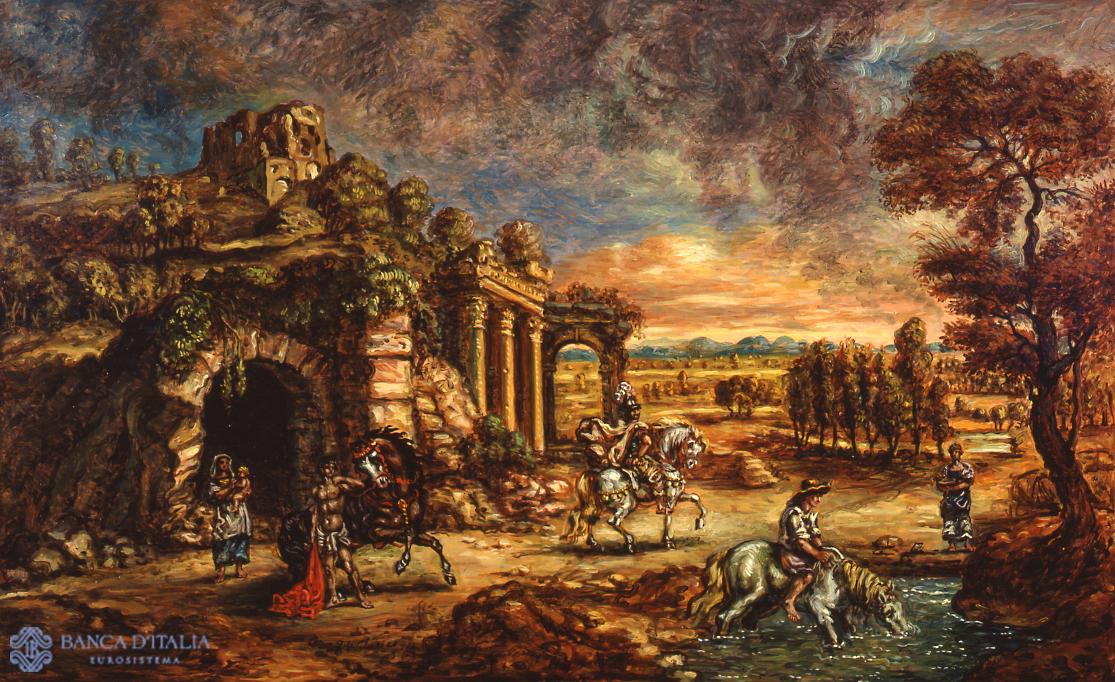
From Metaphysical Painting to Surrealism
The Metaphysical Art movement in Italy originated in 1910 with the work of Giorgio de Chirico. At that time the artist was in Florence, where he had moved following a period of study at the Munich Academy of Fine Arts.
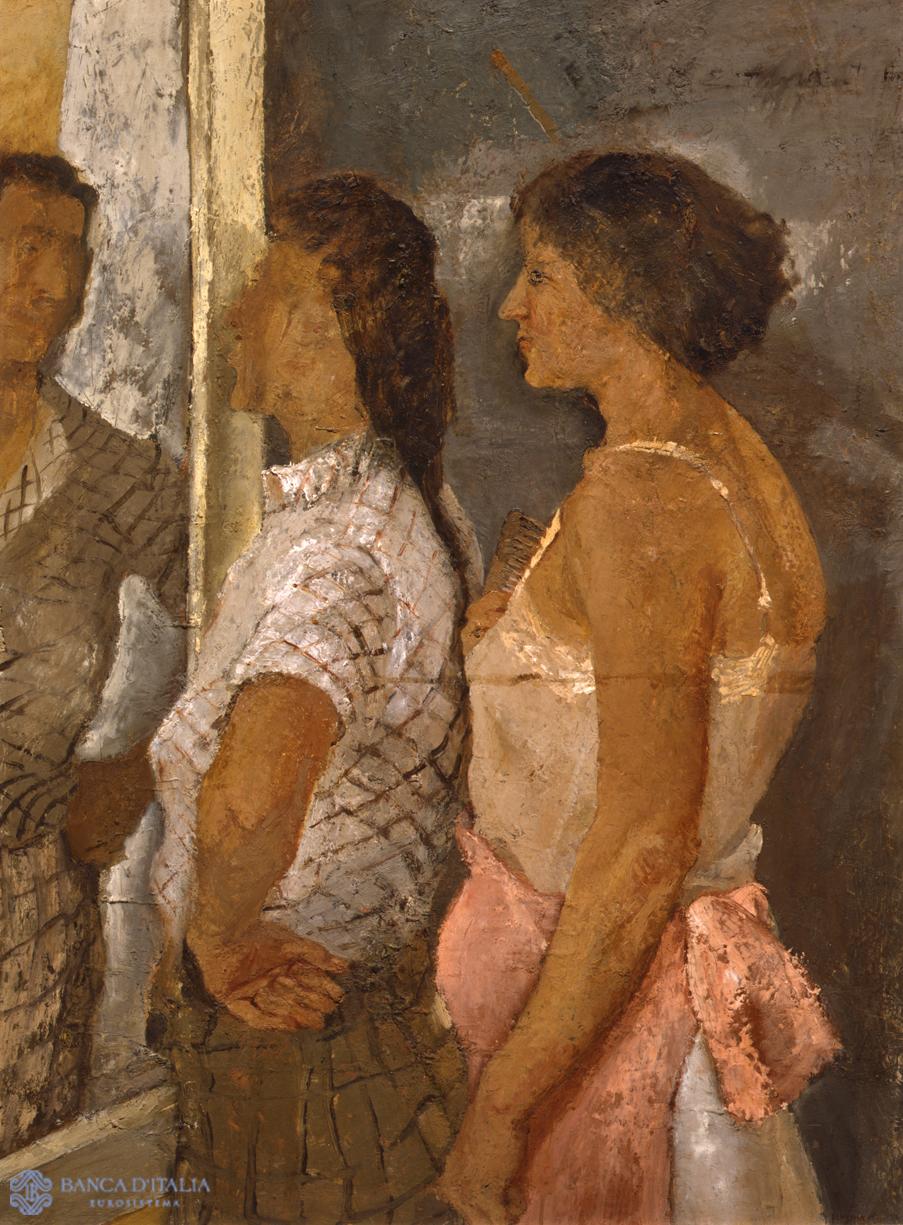
The Interwar Years, Beyond the “Return to Order”
The vicissitudes of the period stretching through the 1920s, 1930s and 1940s produced, in Italy as throughout Europe, a clear-cut phase in the history of modern and contemporary art. Artists came onto the scene who had been born between 1905 and 1920 and so had not participated in more than marginal fashion in the artistic revolution carried out by the historical avant-garde, nor in the subsequent “return to order”.

Three Great Twentieth-Century Outsiders: Morandi, de Pisis and Pirandello
This section brings together the works of three great Italian painters who eschewed groups and movements, working in conditions that it is fair to define as solitary. The creative journeys we refer to are those undertaken by Giorgio Morandi, Filippo de Pisis and Fausto Pirandello, three artists who had a profound influence on developments in Italian painting, on which they impressed an indelible mark of excellence.
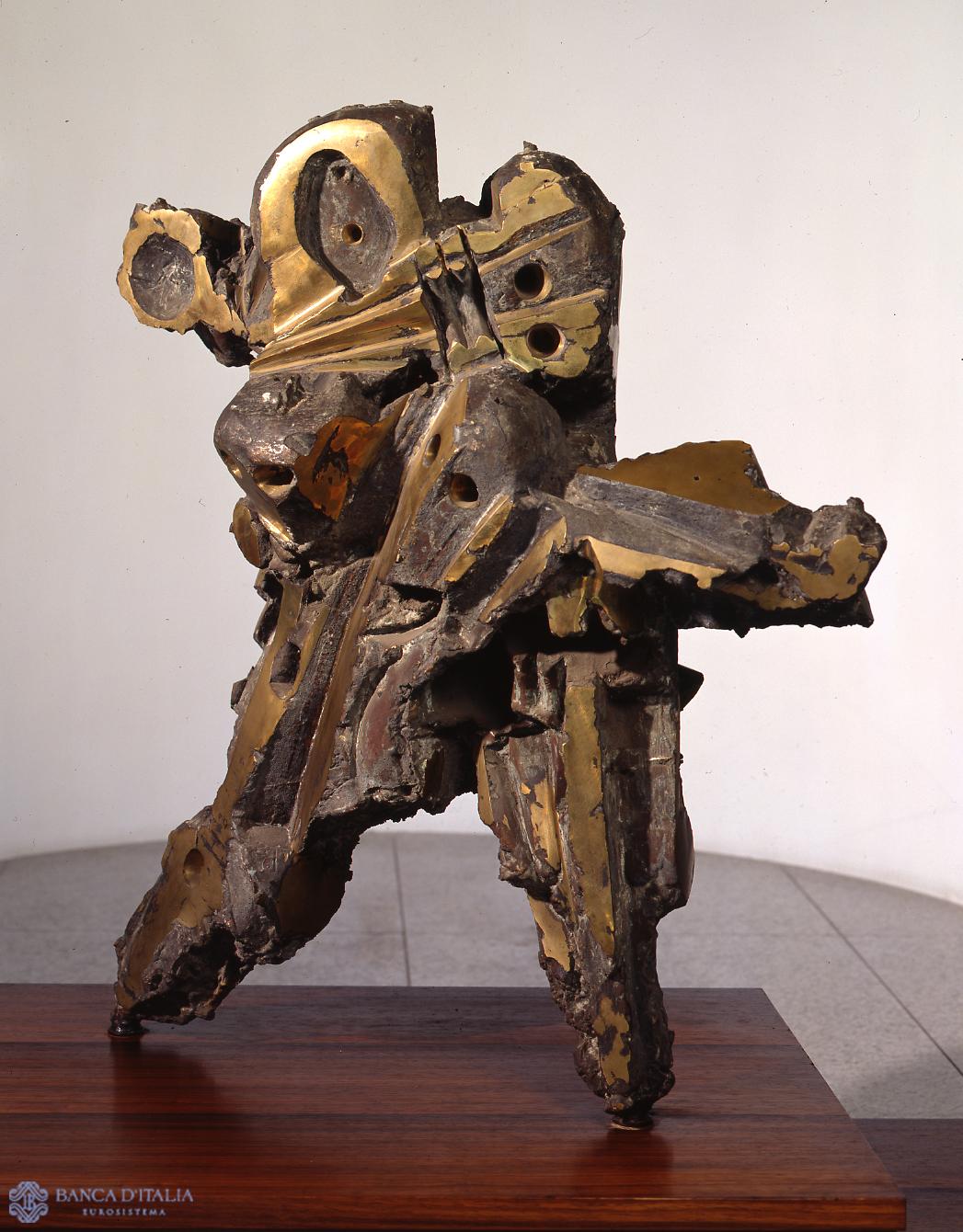
Italian Sculptors since the Second World War
Postwar Italian sculpture vaunts a host of prestigious artists who have maintained Italy’s age-old primacy in the plastic arts, from ancient Rome through the medieval works of Arnolfo and the Pisanos into the modern era with artists of the caliber of Donatello, Jacopo della Quercia, Michelangelo, Bernini and Canova.
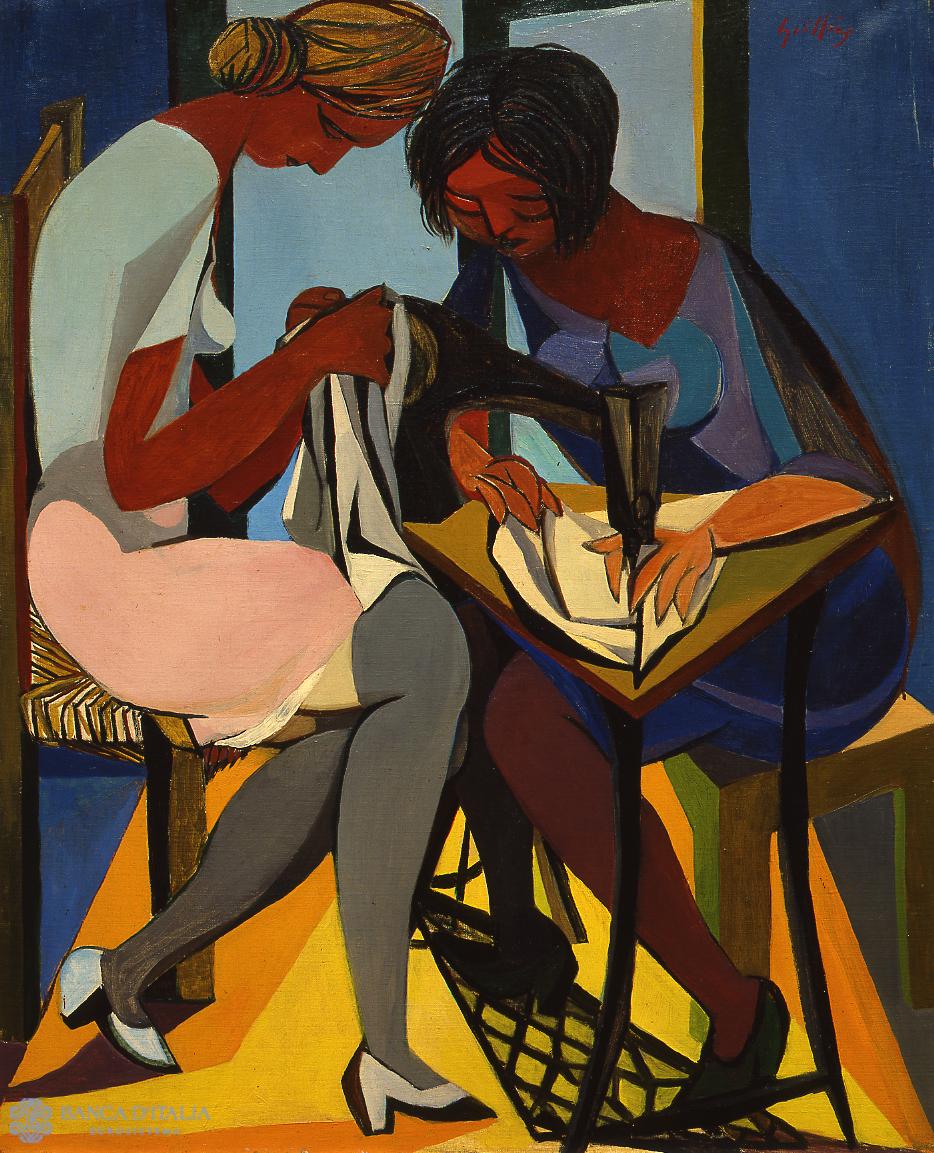
Italy 1946-1954: from Neo-Cubism to “Abstract-Concrete” Art
On 26 October 1946, Birolli, Guttuso and Morlotti signed a brief letter in Guttuso’s studio in Rome addressed to “our dear former Secessionists” (including Pizzinato, Santomaso and Vedova). In it they announce their decision to change the previously suggested name of Nuova Secessione Artistica Italiana into the more combative Fronte Nuovo.

1954-1970: Forms of the Abstract
The year 1954 and the months immediately before and after was a crucial time, a true watershed for twentieth-century Italian painting. This was when a numerous group of Italian artists made the leap to full artistic maturity.
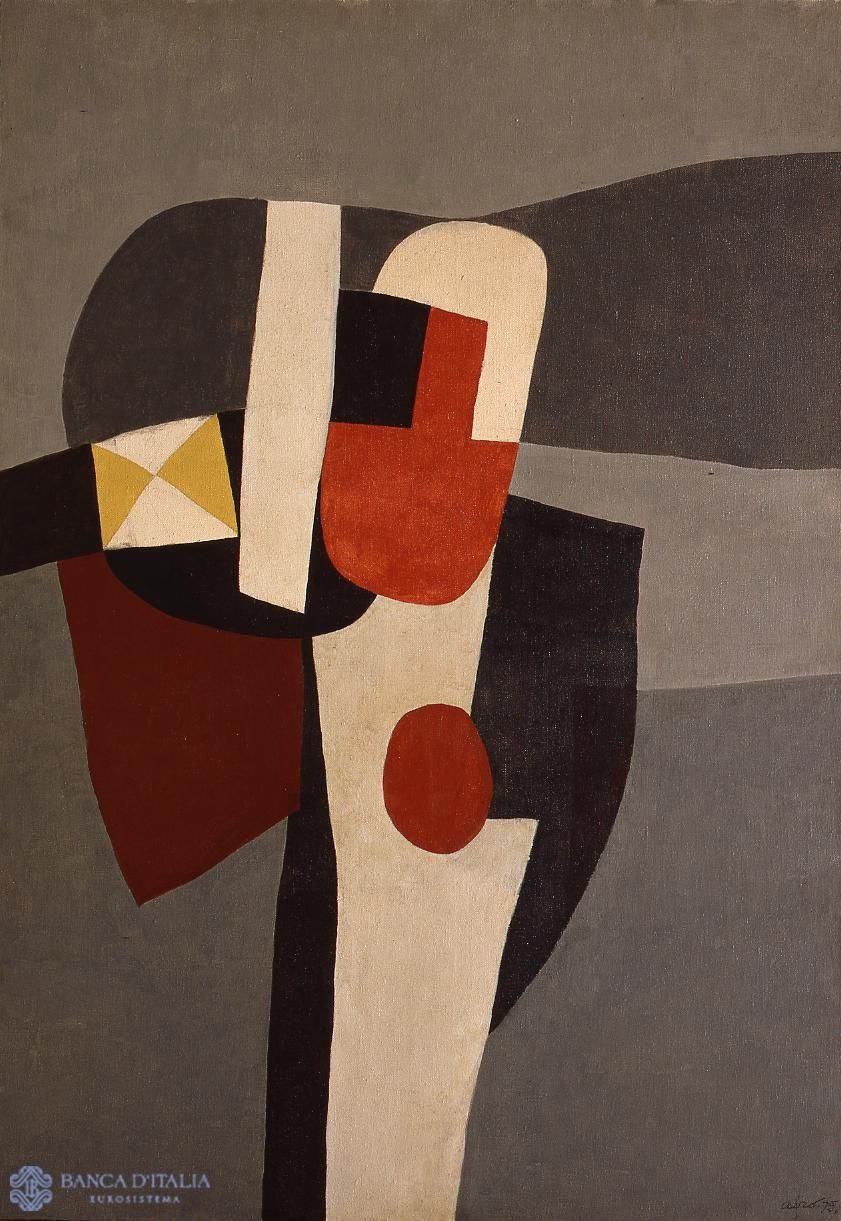
From 1970 Onwards: Other Forms of Abstract Art
During the 1970s, and especially towards the end of the decade, the highest and most innovative period of abstract painting can be said to have culminated throughout the world – at least as a unique or privileged domain for the most advanced artistic research.

New Directions in the Second Half of the 20th Century
In the last part of the artistic period between the two wars there was increasing evidence of movements that not only reject the “autarkical” cultural lines of Novecentism but departs from them ever more radically. The scope of the cultural references stretches beyond the central line of modern French art and beyond the, albeit original, expressions rooted, as was the case for the Roman School, in local realities and moods.

